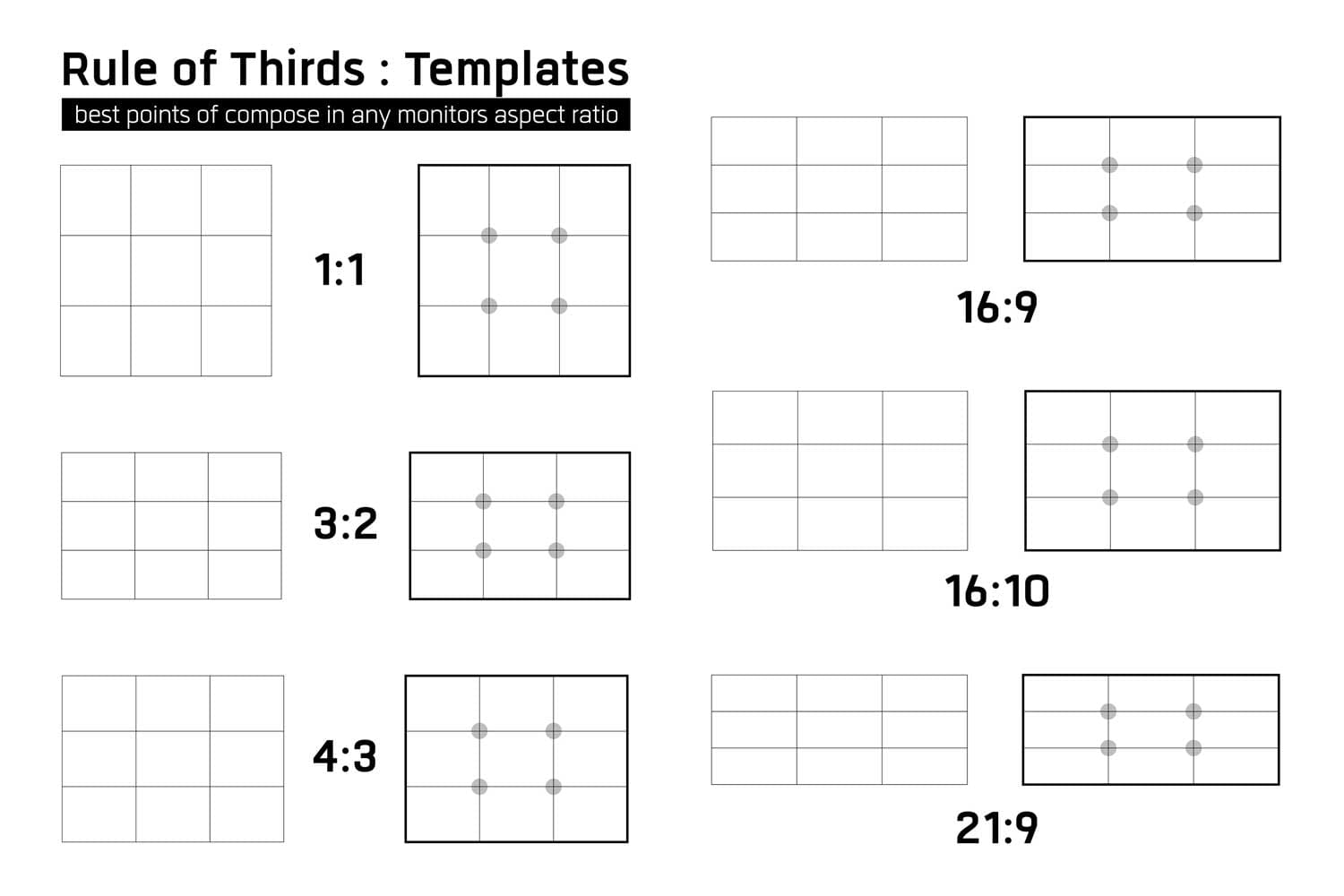When it comes to photography, the rule of thirds is a fundamental principle that can help you create visually appealing and engaging images. By dividing your frame into nine equal parts using two horizontal and two vertical lines, you can position your subject and other key elements along these lines or at their intersections. This technique adds balance, interest, and depth to your photos.
Why Use the Rule of Thirds?
The rule of thirds is based on the idea that an off-center composition is more visually appealing than one where the subject is placed right in the center. By following this rule, you can create a sense of movement, guide the viewer’s eye, and make your images more dynamic.
Applying the Rule of Thirds to Business Photography
As a business owner or marketer, you can leverage the rule of thirds to capture attention-grabbing images that resonate with your target audience. Here are some scenarios where you can apply this technique:
- Product Photography: When showcasing your products, position them along the gridlines or at the intersections to draw attention to their unique features. For example, if you’re photographing a watch, place it at one of the intersections to highlight its intricate design.
- Lifestyle Photography: If you’re capturing images that depict people using your products or services, position them along the gridlines to create a sense of movement or guide the viewer’s gaze. For instance, if you’re photographing someone wearing your brand’s clothing, place them along one of the vertical lines to emphasize their outfit.
- Architectural Photography: When photographing buildings or interiors, align key architectural elements with the gridlines or intersections. This will help you create a balanced composition and highlight specific details. For example, if you’re capturing a stunning hotel lobby, position the reception desk along one of the vertical lines to draw attention to it.
- Food Photography: When photographing food for your restaurant or food-related business, use the gridlines to position the main dish or focal point along one of the lines or intersections. This will make your dish stand out and add visual interest to your image.
Remember, these are just a few examples of how you can apply the rule of thirds in business photography. Feel free to experiment and explore different compositions that align with your brand’s aesthetic and messaging.
Conclusion
Incorporating the rule of thirds into your business photography can elevate your images from ordinary to extraordinary. By following this simple yet powerful principle, you can create visually captivating photos that resonate with your audience and effectively communicate your brand’s message.
So grab your camera or smartphone and start applying the rule of thirds in your next photo shoot! Happy capturing!
Continue Reading: Explore examples of rule of thirds in photography
